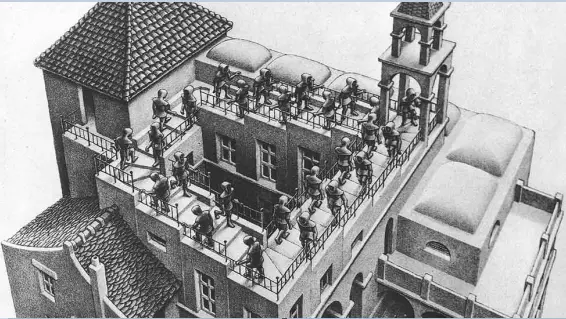Z,
Ok, If I read what you've said correctly then the point you are getting at really is that my mindset is incorrect?
I wont argue that you're wrong because maybe you are correct, in which case, how exactly would you prioritise your aims?
One thing I most certainly agree on is that the learning process is not linear and also that I've learned far more from things going wrong than I every have from things going well, it's just a shame that when things go wrong it tends to be rather painful for those involved!
It appears that the main point from everyone is to get a car running as soon as possible, which is great and would be ideal of course but I still have to do a base design which is at least competent before I can even get to that stage, I have taken some of Claude's advice with regards to simple sims rather than going straight to cad so I will get back once I've made some progress on those.
I did create a very basic OptimumLap sim with a 280kg car, the 2014 Michigan autocross course and base friction parameters swept from 1.35 to 1.65 both laterally and longitudinally resulting in the following:
Fy Friction = 1.65, Fx Friction = 1.65, Laptime = 59.93
Fy Friction = 1.65, Fx Friction = 1.35, Laptime = 64.37
Fy Friction = 1.35, Fx Friction = 1.65, Laptime = 61.68
So from base (1.65, 1.65) reducing the Fy friction to 1.35 increased the laptime by 1.92 (roughly +3%), reducing the Fx friction to 1.35 increased the laptime by 4.44 (roughly +7%) so from that basic sim it appears my initial suspicions that lateral events are much more important than longitudinal ones, so a setup biased towards good camber compensation in roll looks the way to go. How much more important seems a little difficult to quantify, to say twice as important seems a gross over simplification of the problem but maybe simple is the way to go.
I wont pretend we have a ergo rig, we don't, so far the driver environment guy has just been using the old car and repositioning the seat, pedals and wheel to get an idea of what most people have as a preference. But we obviously do have 4 wheels and an engine
Jay, I completely agree, everyone has jumped straight into detail design (myself included) which is not the way to go, obviously pulling everyone back to the 'big picture' stage might now take some effort but it can't hurt to try and is probably what is necessary.
Having set parts I actually find to be beneficial, as I have repeatedly told people, what we have are not bad parts, they have been put together as an effective package many, many times so it is not as though we are starting completely from scratch. I also find that knowing you have to use a set part prevents the urge to just go and look for something that is perceived to be 'better'.
As always, thanks for the thoughts

|
|




 Reply With Quote
Reply With Quote

